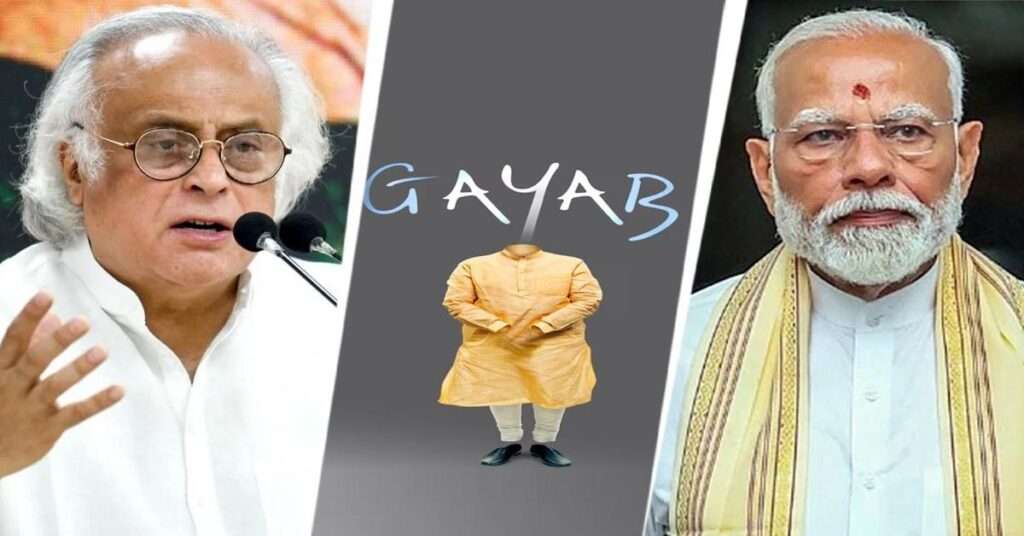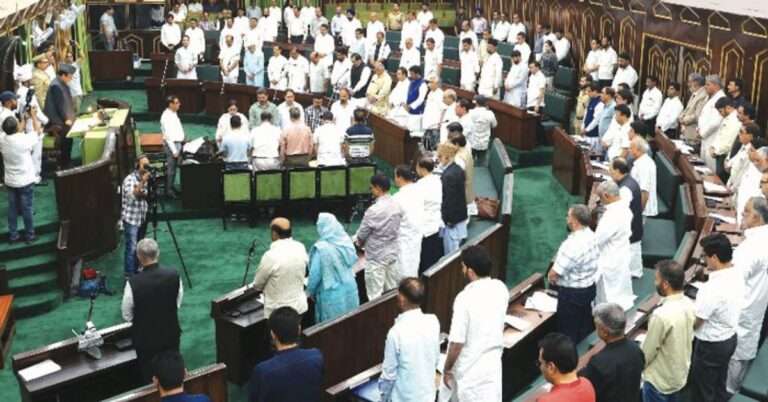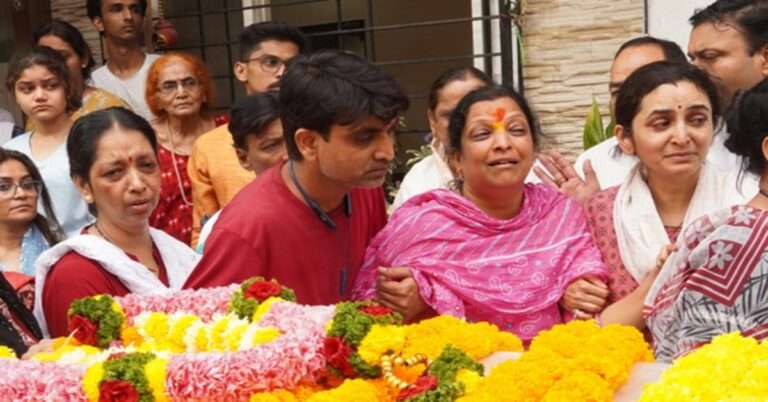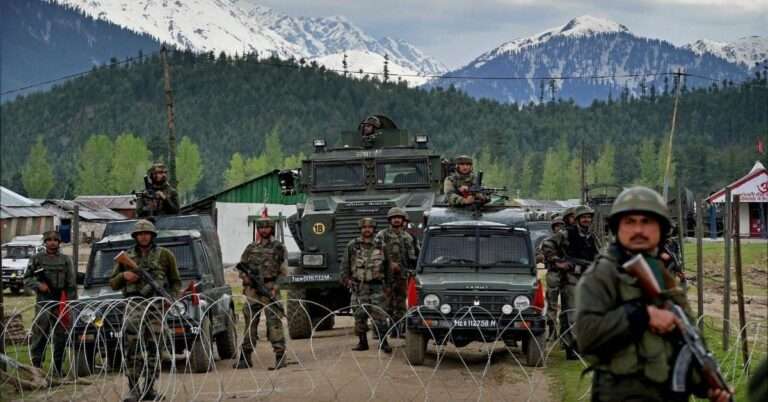
Congress's Controversial Poster on PM Receives Mixed Reactions: Here's What Happened
**Title: The Controversial Congress Poster on PM Modi: A Deep Dive into the Mixed Reactions**
In the world of Indian politics, every move is scrutinized, every word dissected, and every gesture analyzed. Recently, a controversial poster put up by the Congress party featuring Prime Minister Narendra Modi has sparked a flurry of reactions, ranging from criticism to approval. Let’s delve into what transpired and the various responses it elicited.
**What Happened?**
The Congress party, known for its vocal opposition to the ruling BJP government, unveiled a poster that depicted Prime Minister Narendra Modi with the words “GAYAB” (meaning ‘missing’ or ‘absent’) written across it. The imagery of the poster, coupled with the bold text, immediately caught the attention of the public and the media.
**Mixed Reactions**
Unsurprisingly, the poster drew swift condemnation from BJP leaders and supporters, who viewed it as a derogatory and disrespectful attack on the Prime Minister. In contrast, some former Pakistani ministers surprisingly gave a thumbs-up to the poster, seeing it as a bold political statement against Modi’s government.
**The Power of Visual Messaging**
In today’s fast-paced world, visual communication plays a crucial role in shaping public opinion and political discourse. The Congress poster, with its stark imagery and concise message, effectively conveyed a powerful political statement, sparking a debate on the role of visuals in political messaging.
**Navigating Political Sensitivities**
It’s no secret that Indian politics is a volatile arena, where even a seemingly innocuous gesture can snowball into a major controversy. The Congress party’s decision to put up the poster ignited a firestorm of reactions, highlighting the delicate balance between freedom of expression and political sensitivities.
**The Impact of Social Media**
In the age of social media, news travels at the speed of light, and opinions are formed in a matter of seconds. The Congress poster quickly went viral on various social media platforms, drawing both support and backlash from individuals across the country.
**Engaging the Masses**
Politics is all about engaging the masses, stirring emotions, and mobilizing public opinion. The Congress poster, whether intentional or not, succeeded in capturing the attention of the public and sparking a conversation about the role of dissent in a democracy.
**Looking Forward**
As the dust settles on the controversy surrounding the Congress poster, it serves as a reminder of the power of visual messaging in shaping political narratives. In a democracy, freedom of expression is sacrosanct, but it comes with a responsibility to uphold the dignity of public discourse.
**Conclusion**
The Congress party’s controversial poster on Prime Minister Modi has sparked a wave of mixed reactions, underscoring the complexities of political communication in a diverse and vibrant democracy like India. While opinions may differ on the appropriateness of the poster, one thing is clear – it has reignited the debate on the boundaries of political discourse and the role of visuals in shaping public perception.
In the end, it is up to each individual to analyze the situation critically, weigh the arguments on both sides, and form their own opinion on this contentious issue. Only through informed and respectful dialogue can we move forward as a society, learning from the past and striving for a better future.
**Remember, in the world of politics, every action has a reaction, and every word spoken carries weight. Let’s tread carefully, but boldly, as we navigate the turbulent waters of political discourse.**




